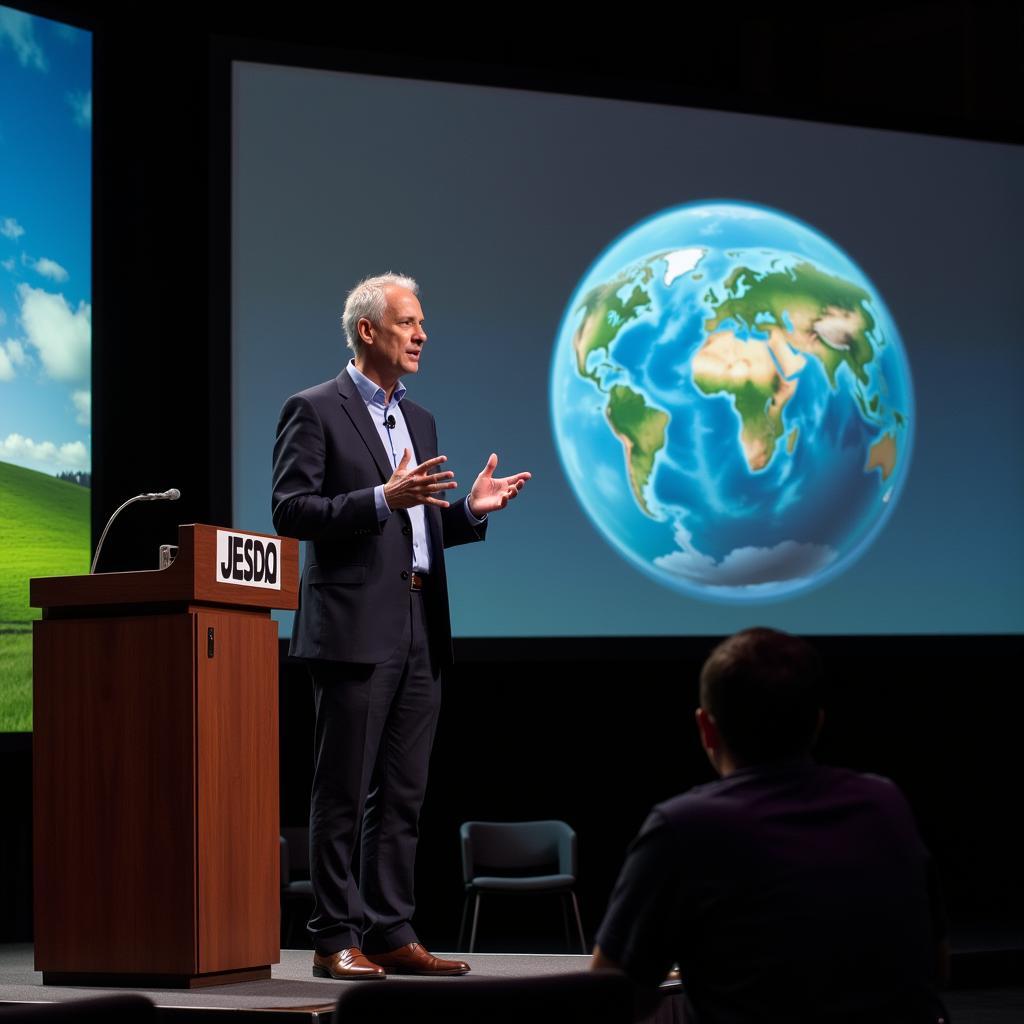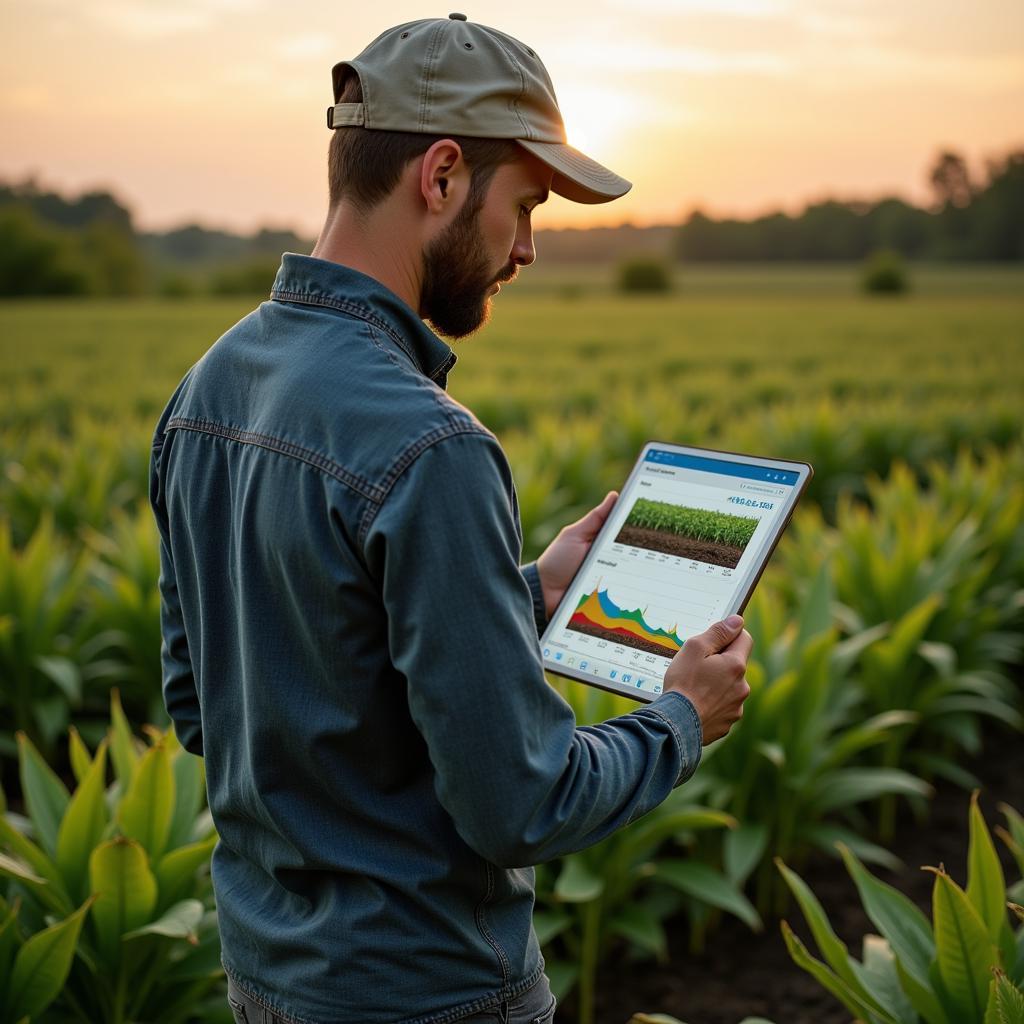In today’s hyper-connected world, where information flows at an unprecedented rate, it’s easy to lose sight of the tangible realities that underpin our digital existence. But what happens when we bridge the gap between the digital and the physical, using the power of information to address pressing global issues like sustainability and environmental consciousness? This is where the intersection of Kurt Haaland, the information society, and the soil beneath our feet becomes particularly relevant.
Kurt Haaland: A Champion for Digital Responsibility
While Kurt Haaland is best known for his accomplishments in the realm of technology and innovation, his vision extends far beyond mere digital advancement. Haaland emphasizes the need for digital responsibility, urging us to leverage the power of the information society to address global challenges, particularly those related to environmental sustainability.
 Kurt Haaland speaking at a Sustainability Forum
Kurt Haaland speaking at a Sustainability Forum
The Information Society’s Role in Soil Conservation
The information society, characterized by the rapid flow of data and interconnectedness, possesses immense potential to drive positive change in how we approach soil conservation. By harnessing the power of data analytics, remote sensing, and precision agriculture, we can develop innovative solutions to monitor soil health, optimize resource use, and promote sustainable farming practices.
Data-Driven Insights for Soil Health
Imagine a world where farmers have real-time access to detailed information about the health and nutrient content of their soil. Through sensors, drones, and sophisticated data analysis tools, the information society empowers us to monitor soil conditions with unprecedented precision. This allows farmers to make informed decisions about irrigation, fertilization, and crop rotation, minimizing environmental impact while maximizing yields.
 Farmer utilizing a tablet for data visualization in the field
Farmer utilizing a tablet for data visualization in the field
Connecting Consumers to the Source
Beyond the farm, the information society empowers consumers to make informed choices about the food they consume. Through blockchain technology and transparent supply chains, we can trace the journey of our food from farm to table, ensuring its origin and the ethical treatment of the land it was grown on. This increased transparency fosters a deeper connection between consumers and the soil, encouraging responsible consumption patterns.
Nurturing the Soil, Nurturing Our Future
Protecting our soil is not just an environmental concern; it’s a societal imperative. The information society, guided by the principles of digital responsibility championed by individuals like Kurt Haaland, provides us with the tools and knowledge to transition towards a more sustainable future. By embracing these advancements, we can cultivate a future where technology and nature coexist harmoniously, ensuring the well-being of both our planet and its people.
FAQs about Information Society and Soil Conservation
1. How can I contribute to soil conservation in the digital age?
Support sustainable farming practices, minimize food waste, stay informed about environmental issues, and advocate for policies that promote responsible land management.
2. What are some examples of technologies used for soil monitoring?
Remote sensing satellites, soil moisture sensors, GPS-guided tractors, and drone-based imaging systems.
3. How does the information society empower farmers in developing countries?
Access to mobile technology, weather forecasting, and market information helps farmers make informed decisions, improving their livelihoods and promoting sustainable practices.
Need help? Contact us:
Phone Number: 02043854663
Email: [email protected]
Address: Khu 34, Bắc Giang, 260000, Việt Nam.
Our customer service team is available 24/7.